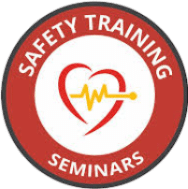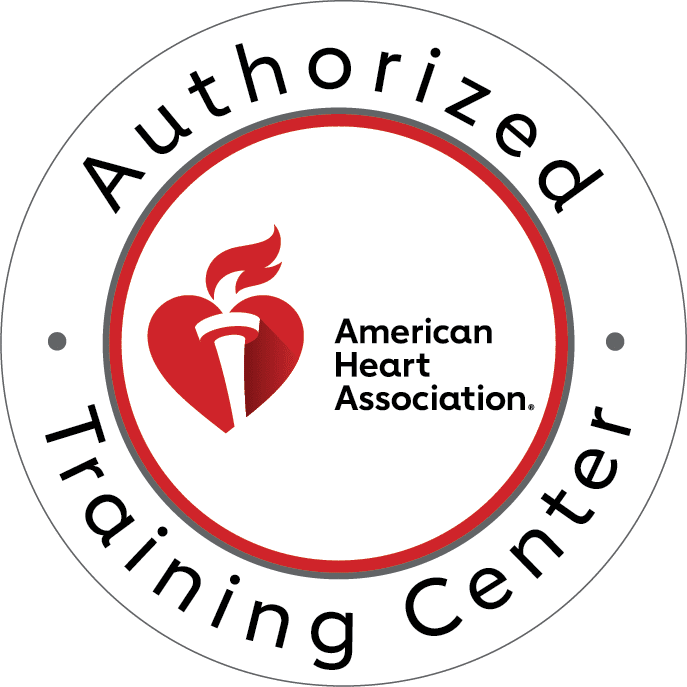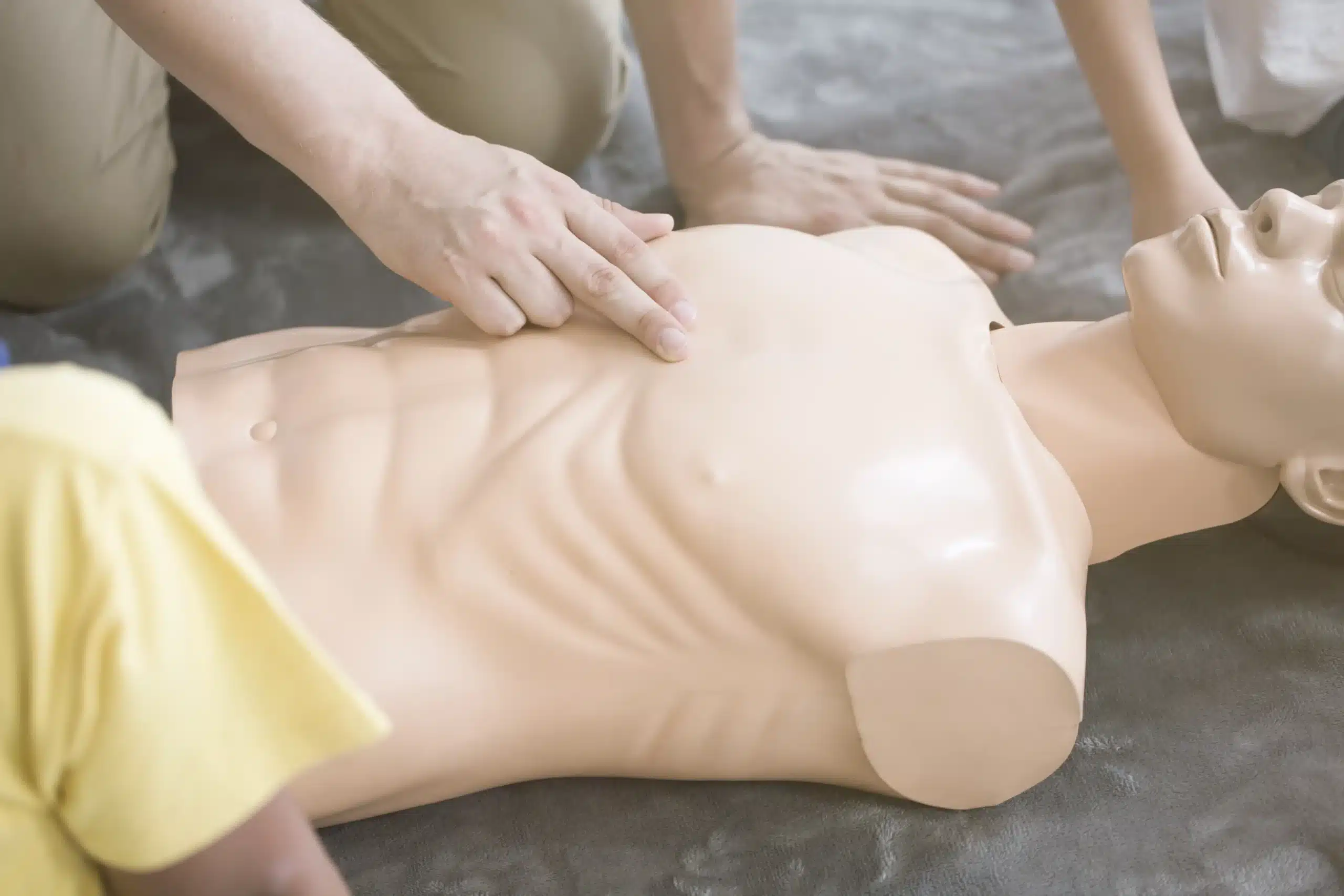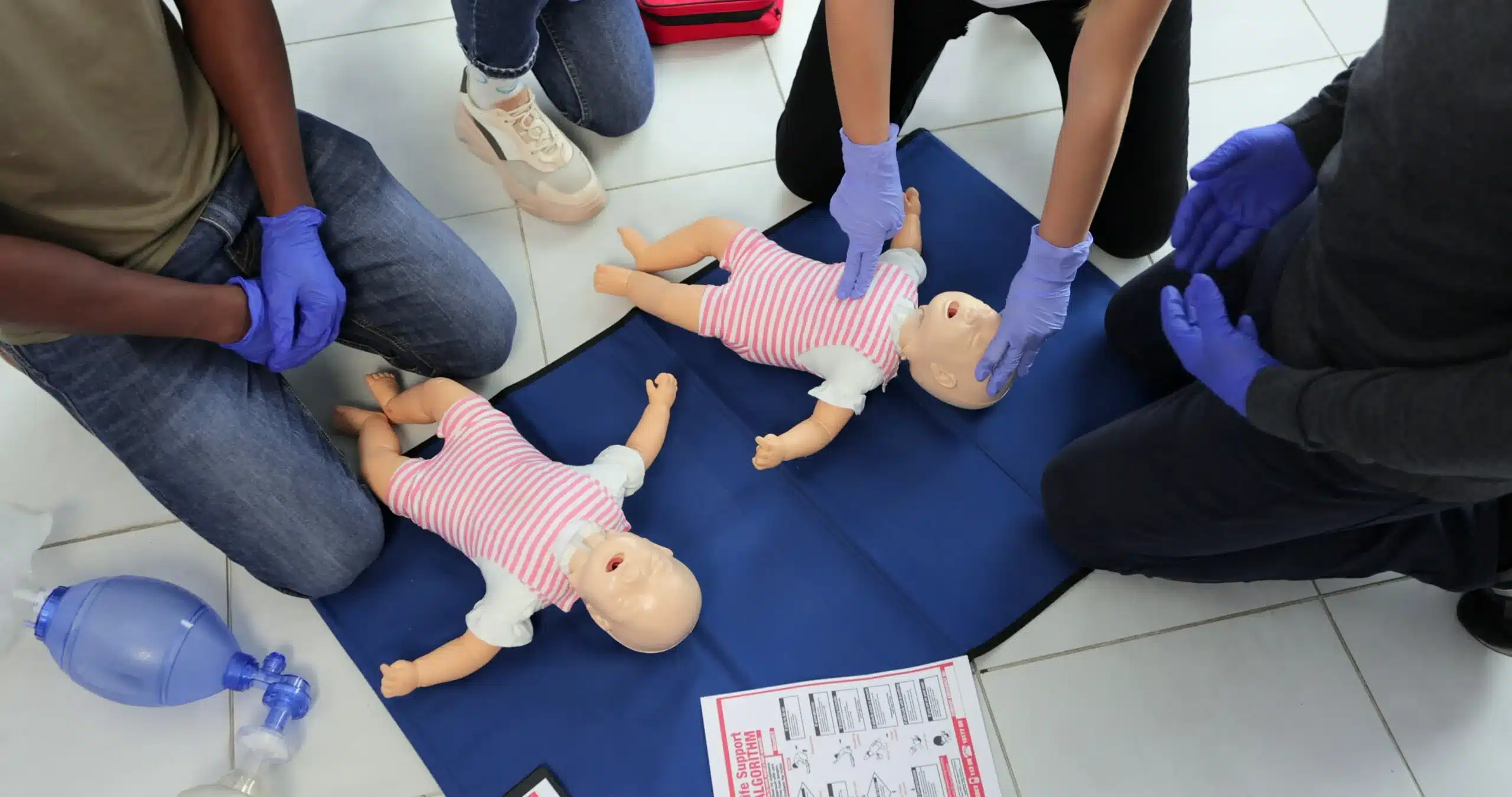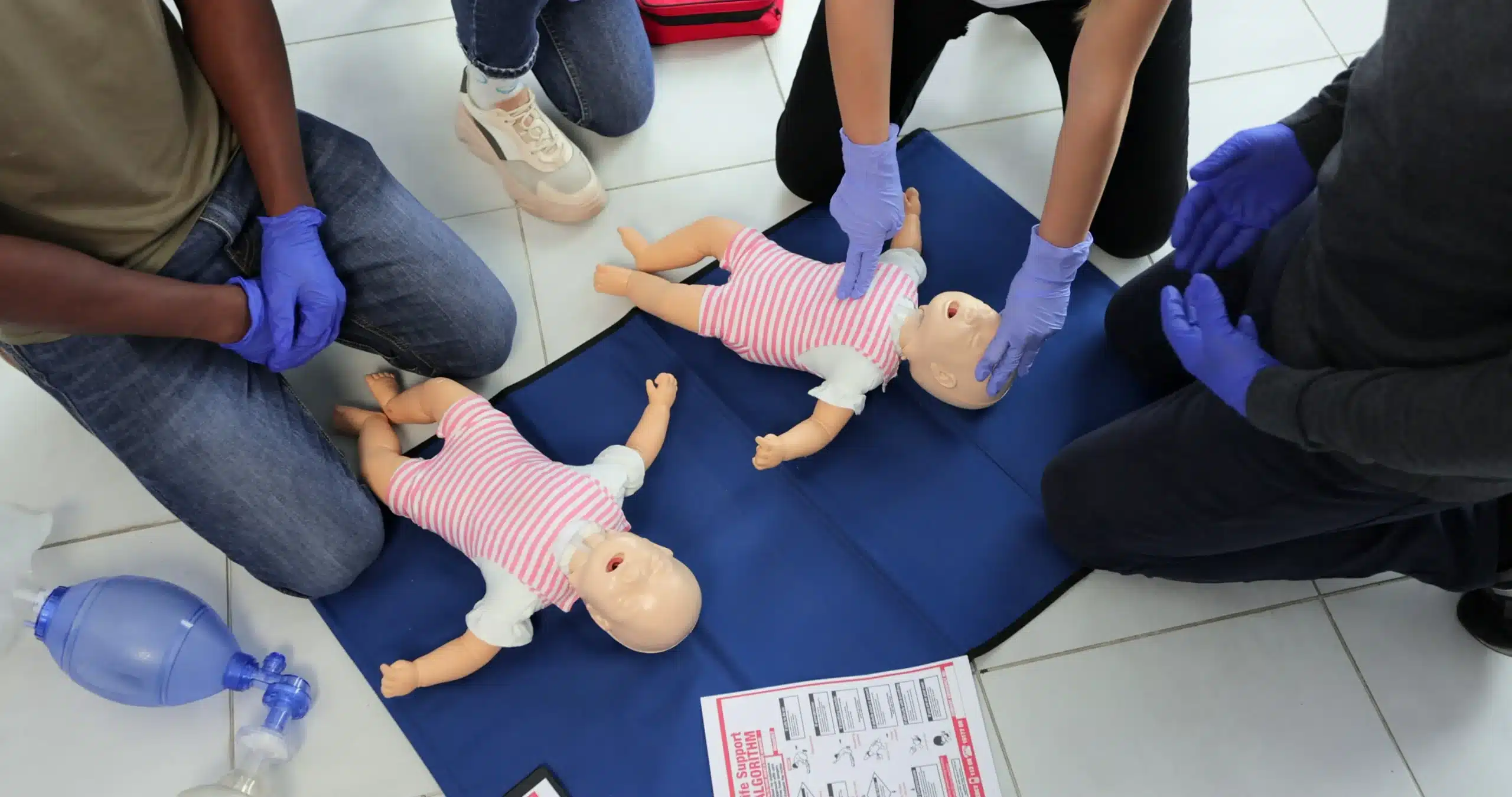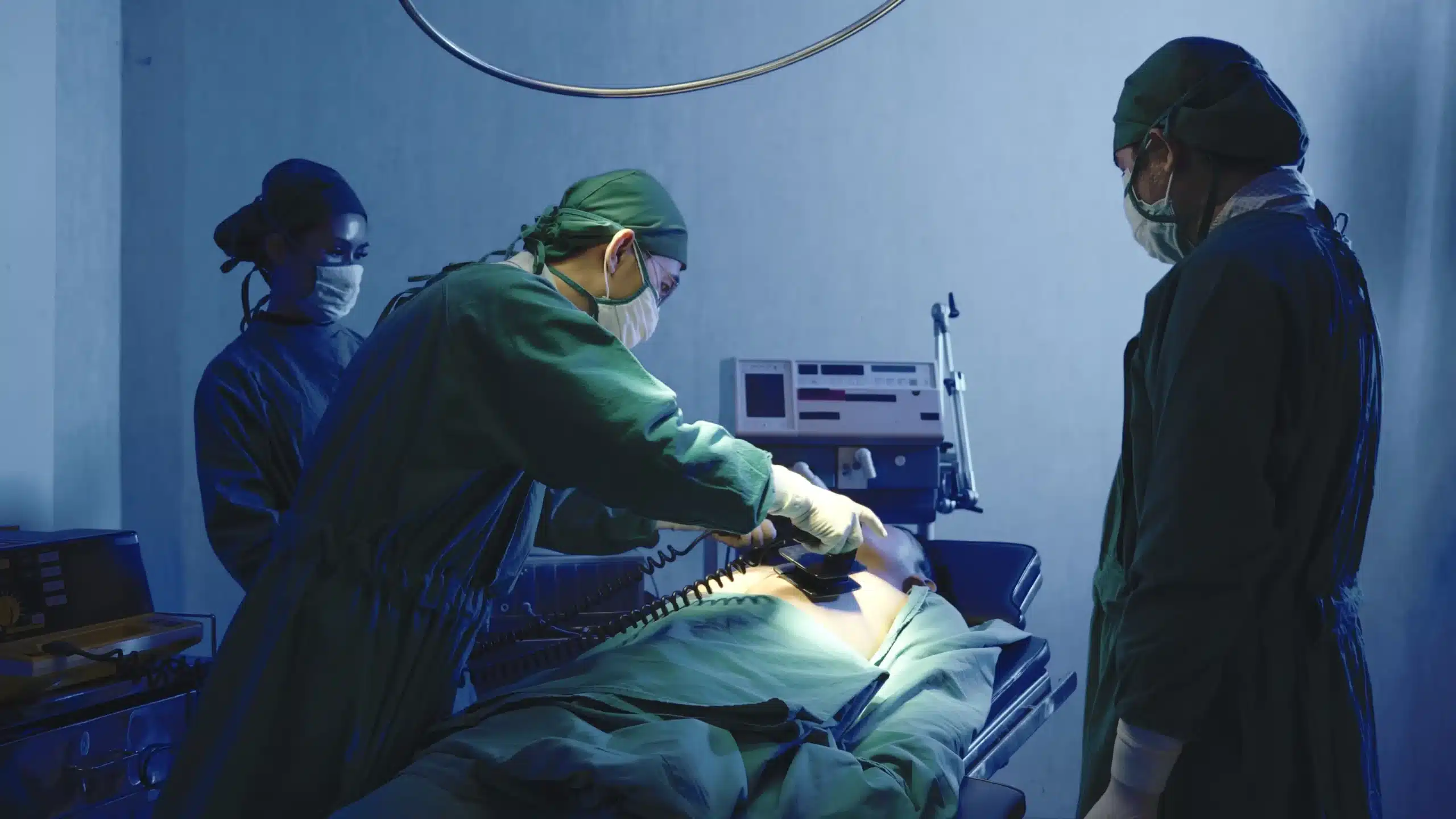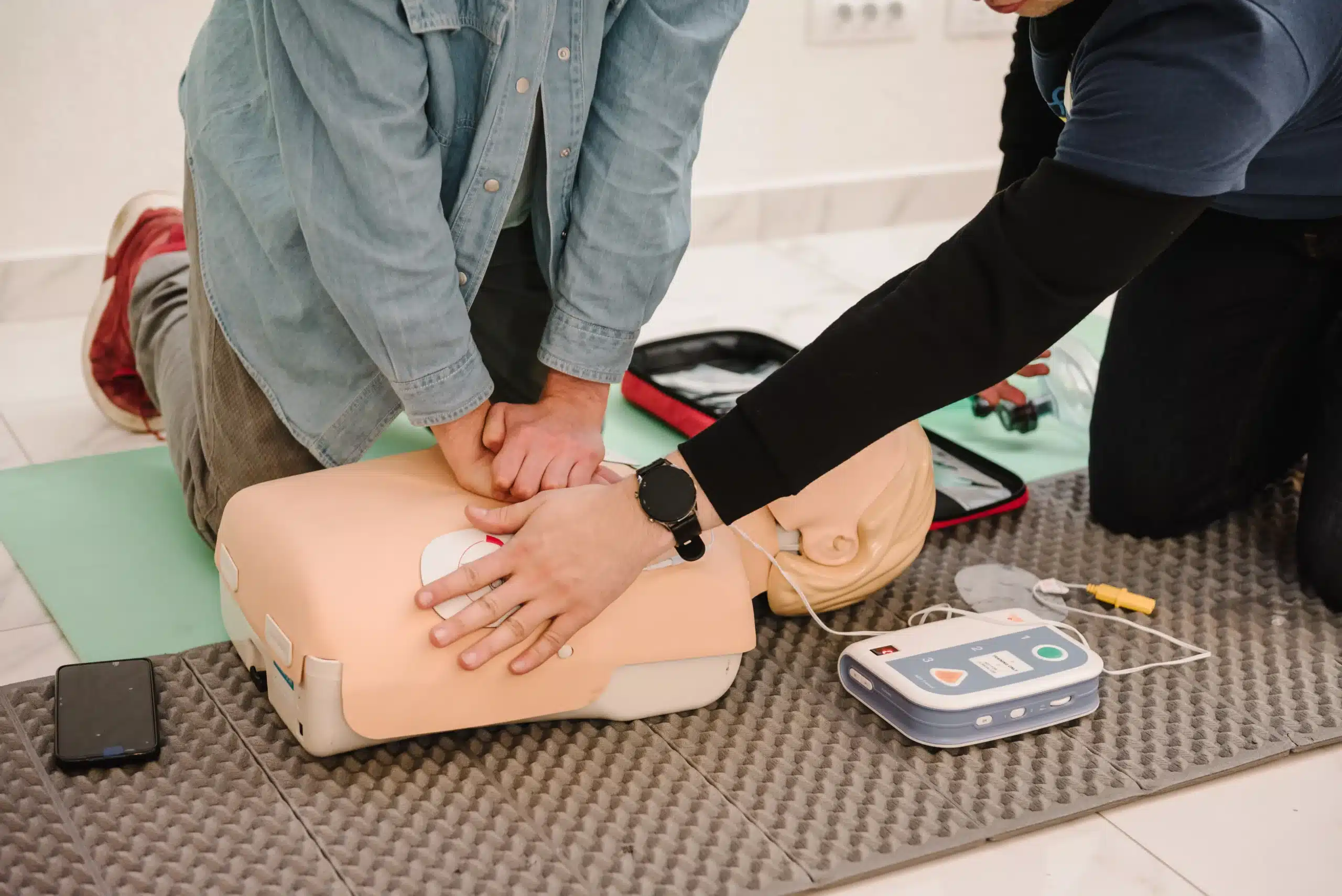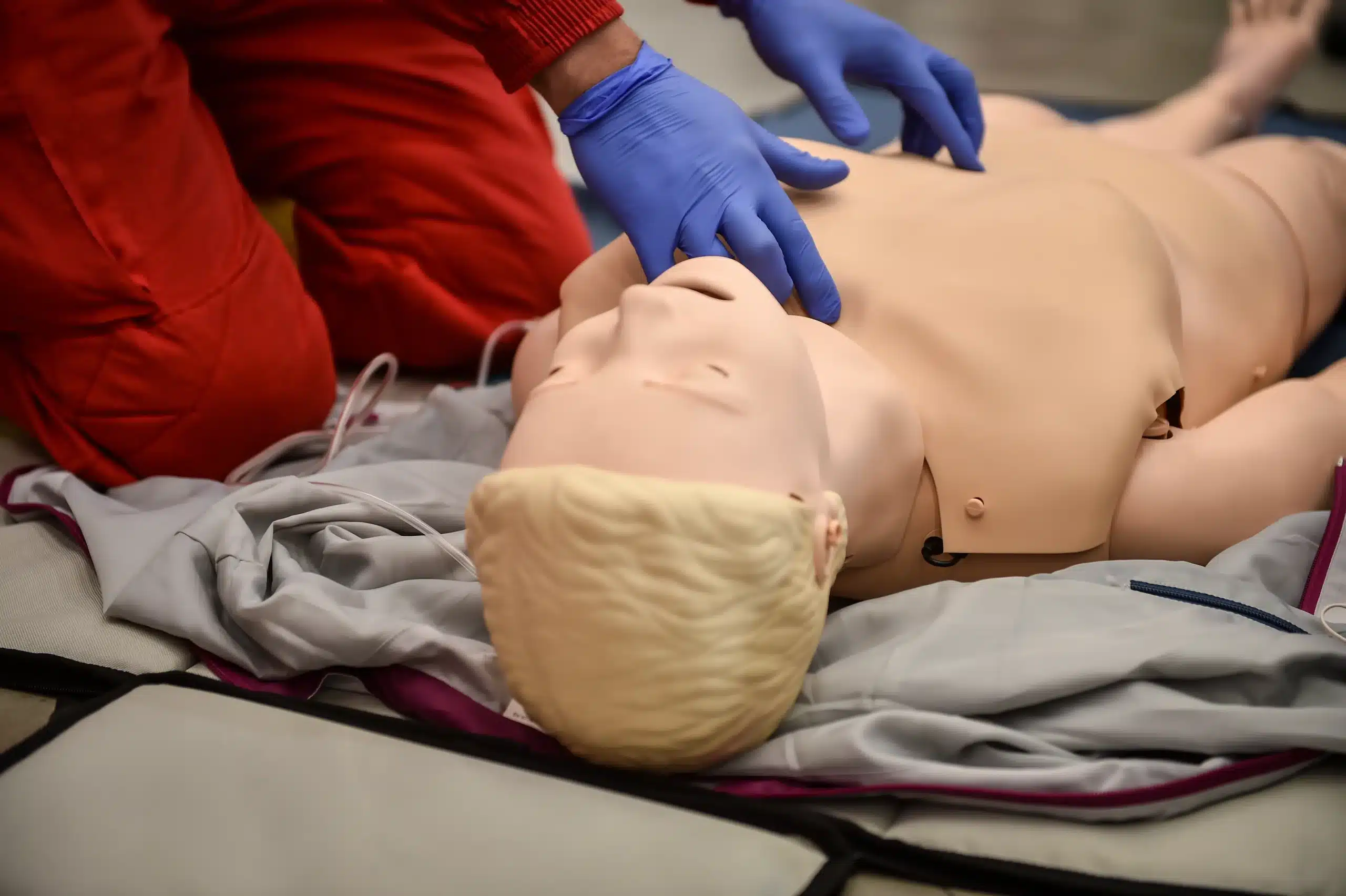Working in healthcare, you know how critical it is to be prepared for any emergency. Basic Life Support (BLS) certification equips you with the skills to respond effectively in life-threatening situations, from cardiac arrest to obstructed airways. But with so many options available, finding the right AHA BLS courses in Alameda can feel like searching for a needle in a haystack. This guide is your roadmap, providing a clear overview of BLS training, including what to expect during the course, how to prepare, and how to maintain your skills after certification. We’ll explore the various course formats available in Alameda, discuss the costs involved, and offer tips for choosing a program that fits your needs and budget.
Key Takeaways
- BLS certification empowers you to save lives: Equipping yourself with these essential skills, whether for professional or personal reasons, allows you to confidently respond to medical emergencies. Explore different course formats to find the best fit for your learning style and schedule.
- Finding the right course is key to success: Consider factors like cost, location, and instructor experience when selecting a BLS course provider in Alameda. Ask potential providers about their certification process and available discounts.
- Maintaining your BLS skills is an ongoing commitment: Regular practice and recertification ensure you’re always prepared to provide effective care when it matters most. Explore various recertification options in Alameda to stay current with the latest guidelines.
What are AHA BLS Courses?
AHA BLS courses equip participants to quickly identify life-threatening emergencies, perform high-quality chest compressions, deliver appropriate ventilations, and provide early use of an AED. These courses, backed by the American Heart Association, focus on providing essential care during emergencies until professional medical help arrives. They emphasize practical skills and quick thinking to improve patient outcomes.
Key BLS Training Components
BLS training empowers you to respond effectively in medical emergencies. The course covers adult, child, and infant CPR; two-person CPR; AED use; and bag-mask ventilation. You’ll find comprehensive information on our BLS CPR courses in Alameda. For a deeper dive into BLS training, check out our ultimate guide. These resources provide a solid foundation for anyone looking to develop or refresh their life-saving skills.
Who Needs AHA BLS Certification?
Healthcare professionals, including doctors, nurses, and other providers, often require BLS certification. It’s a vital part of their training, ensuring they can handle emergencies like obstructed airways, respiratory distress, and cardiac arrest. Beyond healthcare, many other professions benefit from BLS training, such as teachers, coaches, and childcare providers. Anyone who wants to be prepared to help in a medical crisis should consider getting certified. You can learn more about the importance of BLS training for healthcare professionals from resources like All Hearts CPR. This training provides individuals with the confidence and skills to act quickly and effectively in critical situations.
Top Alameda AHA BLS Course Providers
Finding the right BLS course provider is key to a positive and effective learning experience. Here’s a look at some of the top options for AHA BLS certification in Alameda.
Safety Training Seminars
Safety Training Seminars stands out as a woman-owned AHA Training Center offering a comprehensive range of courses, including BLS, ACLS, PALS, CPR, and First Aid. They emphasize excellent customer service and offer same-day certification cards—a huge benefit for busy professionals. Their commitment to providing the lowest prices in Alameda County makes them an attractive option.
Alameda CPR Classes
Alameda CPR Classes provides convenient in-person BLS training in Alameda. They offer a blended learning format, which combines online coursework with hands-on skill practice. With classes available daily from 7 am to 6 pm, they offer flexibility for various schedules.
Bay Area CPR
Bay Area CPR offers a range of CPR certification courses in Alameda, including BLS, ACLS, PALS, and First Aid. They partner with Safety Training Seminars for American Heart Association-certified courses, ensuring high-quality instruction and recognized certification.
LifeSavers CPR
LifeSavers CPR focuses on providing comprehensive First Aid and CPR training, utilizing both American Heart Association and Medic First Aid programs. They emphasize building confidence and competence in responding to medical emergencies, with instructors dedicated to providing a supportive learning environment. Their two-year certifications cover all essential areas of Basic Life Support.
Course Formats and Duration
Finding the right course format is key to successfully completing your BLS training. Thankfully, there are options to suit different learning styles and schedules. Let’s explore the most common formats: blended learning and traditional in-person training.
Blended Learning Options
Many BLS training courses now use a blended learning format, combining online learning with hands-on skill practice. This approach offers flexibility, allowing you to complete the cognitive portion of the course at your own pace, from anywhere with an internet connection. This is particularly helpful for those with busy schedules or who prefer self-directed learning. You’ll typically access online modules, videos, and interactive exercises that cover the core BLS concepts and procedures.
In-Person Training
In-person training provides a structured learning environment with direct interaction with a certified instructor. Alameda CPR Classes offers BLS certification courses in Alameda, CA, available daily from 7 am to 6 pm, making it easy to fit into your schedule. This format allows for real-time feedback, demonstrations, and supervised practice of essential skills like CPR, using an AED, and providing first aid. The hands-on component is crucial for building confidence and proficiency in performing life-saving techniques.
Time Commitment for Each Format
Understanding the time commitment for each format is essential for planning your training. For blended learning, the online portion typically lasts 1–2 hours, followed by an in-person skills test that lasts 30–60 minutes. This allows you to spread out your learning and schedule the in-person session when it’s most convenient. Traditional in-person courses usually take around 4–6 hours to complete, covering both the theoretical and practical components in a single session. For various scheduling options to accommodate different needs, consider CPR Certification Classes in Alameda.
AHA BLS Course Costs & Value in Alameda
Knowing the price range for AHA BLS courses in Alameda helps you compare options and find the best value. Let’s break down the typical costs, available discounts, and other ways to save.
Average Pricing & Best Deals
AHA BLS course fees in Alameda typically range from $75 to $120. Safety Training Seminars offers a competitive rate of $120, advertised as the lowest price in Alameda County, especially considering their same-day certification. Finding a course that fits your budget is easy with various options available.
Discounts & Group Rates
If you’re signing up with a group, you might be eligible for a discount. Many providers, including Bay Area CPR, offer reduced rates for group registrations, making it more affordable to train your team or a group of friends. Check with individual providers about their specific group discount policies. This can be a great way to lower the cost per person.
Price Match Guarantees
Some training centers offer price match guarantees, ensuring you get the best possible deal. If you find a lower advertised price for an equivalent AHA BLS course in Alameda, some providers will match that price. This commitment to affordability demonstrates their dedication to making life-saving training accessible. Alameda CPR Classes is one such provider, so it’s worth checking their policy when comparing your options.
Certification Process & Timeline
Knowing what to expect after your BLS training is just as important as knowing what happens during class. This section covers everything you need to know about getting certified and staying current with your BLS skills.
Same-Day Certification Availability
One of the best parts about taking your BLS course with Safety Training Seminars is that you’ll receive your American Heart Association (AHA) certification card the same day you complete the course. No waiting around—you’ll leave class ready to put your skills to use. This is especially helpful if you need proof of certification quickly for a new job or other requirements.
BLS Certification Validity Period
Your AHA BLS certification is valid for two years. This timeframe is standard across the AHA to ensure healthcare providers and other professionals maintain their skills and knowledge of basic life support techniques. Staying up-to-date is critical for providing effective care and ensuring the best possible outcomes in emergency situations.
Renewal Requirements
It’s important to understand that the AHA doesn’t offer a separate “renewal” course for BLS. When your certification nears its expiration date, you’ll need to retake the full BLS course to get recertified. This process ensures you stay completely informed about any updates to BLS guidelines and best practices. While it might seem simpler to just take a refresher, committing to the full course reinforces your skills and keeps you prepared for any emergency.
What to Expect During Your AHA BLS Course
This section covers what you’ll learn in a BLS course, what the class will be like, and how instructors can help you succeed.
Course Structure & Curriculum
The BLS course from the American Heart Association (AHA) covers essential life-saving skills for healthcare providers. You’ll learn to quickly recognize life-threatening emergencies, give effective chest compressions, deliver proper ventilations, and use an AED. The curriculum is comprehensive and easy to understand, even for those new to healthcare. Expect a combination of lectures, demonstrations, and interactive discussions.
Hands-on Practice & Skills Assessment
AHA BLS courses blend online learning with in-person skills practice. You’ll typically start with online modules covering the basics, then attend a hands-on session to practice what you’ve learned. This session involves working with training mannequins and AED simulators in a realistic setting. Your instructor will assess your skills throughout the course to ensure you meet the AHA’s standards for certification. This blended learning approach offers flexibility and convenience.
Instructor Expertise & Support
Your instructor is key to a successful BLS training experience. Experienced, certified AHA instructors create a supportive learning environment where you can ask questions and receive personalized feedback. Look for courses taught by instructors with a strong healthcare background. Reading testimonials from previous students can offer insights into an instructor’s teaching style and effectiveness. A good instructor will not only teach you the skills but also build your confidence in applying them during real-life emergencies.
Choosing the Right Alameda AHA BLS Course
Finding the right Basic Life Support (BLS) course can feel overwhelming with so many options. This section breaks down key factors to consider, questions to ask potential providers, and how to compare course features, so you can confidently choose a program that fits your needs.
Factors to Consider
Think about what matters most to you in a learning environment. Many BLS training courses now offer blended learning, combining online coursework with in-person skills practice. This format offers flexibility for busy schedules. If you prefer a traditional classroom setting, ensure the provider offers that option. Also, confirm the course is American Heart Association (AHA) certified, the gold standard for BLS training and widely accepted in healthcare settings. Location and schedule are also important—choose a course offered in a convenient location in Alameda at a time that works for you. Safety Training Seminars, for example, offers various course times and locations throughout Alameda County.
Questions to Ask Providers
Once you’ve identified a few potential providers, asking the right questions can clarify which course best suits you. Inquire about the total course cost, including any hidden fees. Ask about their customer service policies and how quickly they provide certification cards. Same-day certification can be a huge plus for busy professionals. Check with your employer to see if they require AHA or American Red Cross (ARC) certification. While both are reputable, some employers may prefer one over the other. Don’t hesitate to ask about the instructors’ experience and qualifications. A knowledgeable and supportive instructor can significantly impact your learning experience.
Comparing Course Features
Take the time to compare course features side-by-side. The AHA’s BLS course covers essential skills like recognizing life-threatening emergencies, performing high-quality chest compressions, delivering appropriate ventilations, and using an AED. Ensure the course you choose aligns with these core components. Consider the class size, too. Smaller classes often allow for more personalized instruction and feedback. Check if the provider offers online registration, a convenient feature that streamlines the enrollment process. Look for any additional perks, like free refresher courses or study materials, that might enhance your learning experience and provide ongoing support.
Participant Experiences & Reviews
When choosing a BLS course, real feedback from other participants offers valuable insights. It’s helpful to see what others say about their experiences – both positive and negative – before committing to a class. Here’s a glimpse into what past participants have shared about their BLS training:
Instructor Quality Feedback
Positive instructor feedback often highlights qualities like clear communication, patience, and a knack for simplifying complex information. For example, one participant noted, “This instructor went above and beyond to ensure all of her students understood the information being taught and offered extensive knowledge of skills as well as the anatomy and physiology behind each task.” Another simply stated, “Hands down the best CPR instructor I have ever had.” These comments speak volumes about an instructor’s ability to create a supportive and effective learning environment. You can find more participant testimonials on the Advanced Professional Healthcare website.
Course Effectiveness & Confidence Building
Beyond instructor feedback, reviews often focus on the overall effectiveness of the course and how well it prepares participants to respond to real-life emergencies. Many participants share how BLS training empowers them to act effectively in medical emergencies, providing crucial care until professional help arrives. As the All Hearts CPR blog points out, for healthcare professionals, “undergoing BLS training is not just a recommendation—it is a vital necessity.” The American Heart Association emphasizes that “immediate high-quality basic life support (BLS) is a crucial step in the chain of survival and when delivered in compliance with existing evidence-based guidelines, is associated with improved patient outcomes.” This reinforces the idea that a good BLS course not only teaches you the necessary skills but also instills the confidence to use them effectively under pressure. You can read more about the importance of BLS training for healthcare professionals on the All Hearts CPR blog.
Preparing for Your AHA BLS Course
Getting ready for your BLS course can make a real difference in how much you get out of the experience. A little prep work goes a long way! This section covers pre-course materials, study tips, and what to bring on the day of your training.
Pre-Course Materials & Study Tips
Many BLS courses now use a blended learning format, combining online coursework with in-person skills practice. Safety Training Seminars offers this approach, allowing you to get familiar with the material before class. This blended learning style can really boost your confidence and make the most of your time with the instructor. The American Heart Association’s BLS course covers essential life-saving skills like high-quality chest compressions, giving proper ventilation, and using an AED. Understanding these core elements ahead of time will help you feel more comfortable and prepared. Review videos are often provided with your online materials. Take the time to watch these videos, as they can significantly improve your chances of passing the skills test.
What to Bring to Class
Having the right tools on hand will make your learning experience smoother. Be sure to bring a computer or tablet to access online materials. Phones aren’t always ideal for viewing course content. You won’t need to bring your textbook to class, as you’ll receive your certification card the same day you complete the course. This means you’ll walk away with proof of your BLS skills, ready to put them into action.
Maintaining Your BLS Skills After Certification
After earning your BLS certification, the journey doesn’t end—it evolves. Maintaining your skills is crucial for providing effective, life-saving care when it matters most. Regular practice and staying up-to-date with the latest guidelines ensure you’re always prepared.
Importance of Regular Practice
Think of BLS skills like any other skill—consistent practice is key. The ability to recall and execute these skills quickly and efficiently can significantly impact patient outcomes. Studies show that high-quality BLS, delivered according to current guidelines, is linked to improved survival rates. As healthcare professionals, our commitment to providing the best possible care includes staying sharp and ready to respond. Regularly reviewing BLS protocols and practicing techniques like CPR keeps those skills fresh, reducing hesitation and improving your response time in critical situations. This ongoing practice not only benefits your patients but also builds your confidence and reinforces the importance of your role. You can practice with colleagues, use online resources, or invest in refresher courses to stay proficient.
Recertification Options in Alameda
Staying current with your BLS certification demonstrates your dedication to providing high-quality care. Fortunately, recertification is straightforward, with several options available in Alameda. Safety Training Seminars offers a variety of AHA-certified courses, including BLS renewal, making it convenient to maintain your credentials. Many providers now offer blended learning, combining online coursework with in-person skills practice. This flexible approach allows you to learn at your own pace and then demonstrate your skills in a hands-on setting. Bay Area CPR is another convenient option for local courses. Remember, maintaining your BLS certification isn’t just about meeting requirements—it’s about upholding your commitment to providing the best possible care.
Related Articles
- BLS Refresher Courses in Alameda: Your Complete Guide – Alameda CPR Classes
- BLS Certification: Career Benefits for Healthcare Professionals – Alameda CPR Classes
- AHA BLS Certification in Alameda: Your Guide – Alameda CPR Classes
- BLS Recertification in Alameda: Your Complete Guide – Alameda CPR Classes
- CPR vs. BLS: Which Certification Do You Need? – Alameda CPR Classes
Frequently Asked Questions
How long is a BLS certification valid? BLS certification through the American Heart Association is valid for two years. To maintain your skills and stay up-to-date on the latest guidelines, you’ll need to retake the full BLS course when your certification expires.
What’s the difference between blended learning and traditional BLS courses? Blended learning combines online coursework with an in-person skills session, offering flexibility for busy schedules. Traditional courses cover both theory and practical skills in a single, in-person session. Both formats lead to the same AHA BLS certification.
What’s the typical cost of a BLS course in Alameda? BLS courses in Alameda typically range from $75 to $120. It’s always a good idea to compare prices and look for discounts or group rates, especially if you’re training with colleagues or friends.
Where can I find BLS courses in Alameda? Several providers offer BLS courses in Alameda, including Safety Training Seminars, Alameda CPR Classes, and Bay Area CPR. When choosing a provider, consider factors like location, schedule, course format, and instructor experience. Reading reviews from past participants can also help you make an informed decision.
How can I prepare for my BLS course? If your course uses a blended learning format, make sure to complete the online portion before your in-person skills session. Review any pre-course materials provided and watch any accompanying videos. This preparation will help you get the most out of your in-person training. Remember to bring a computer or tablet to access online materials during class.
